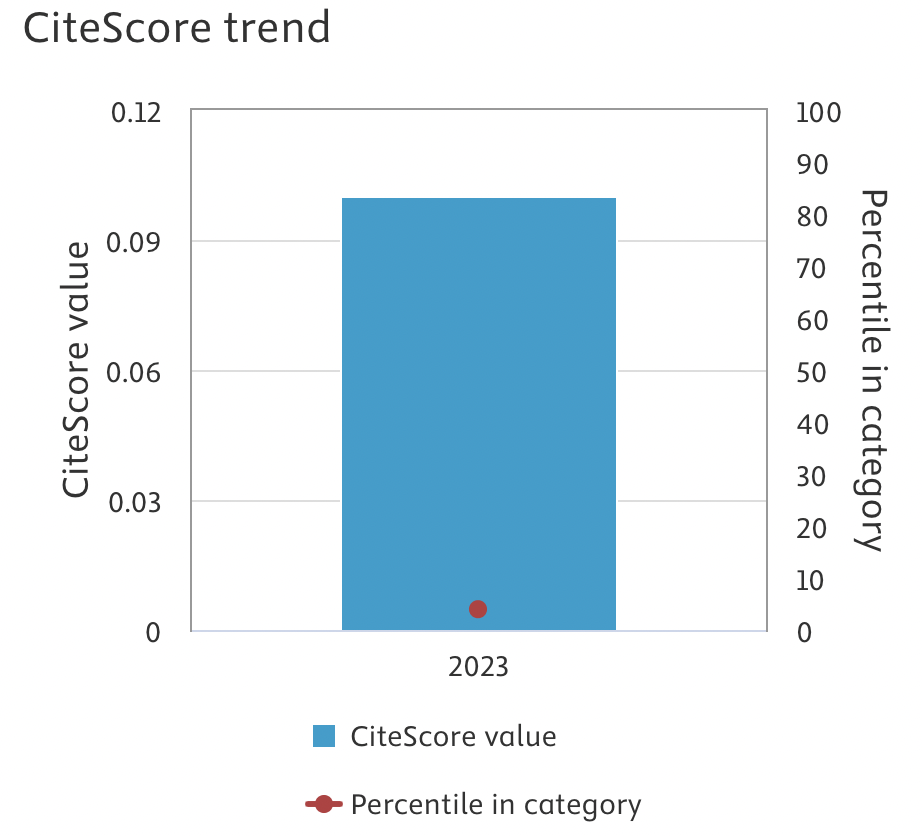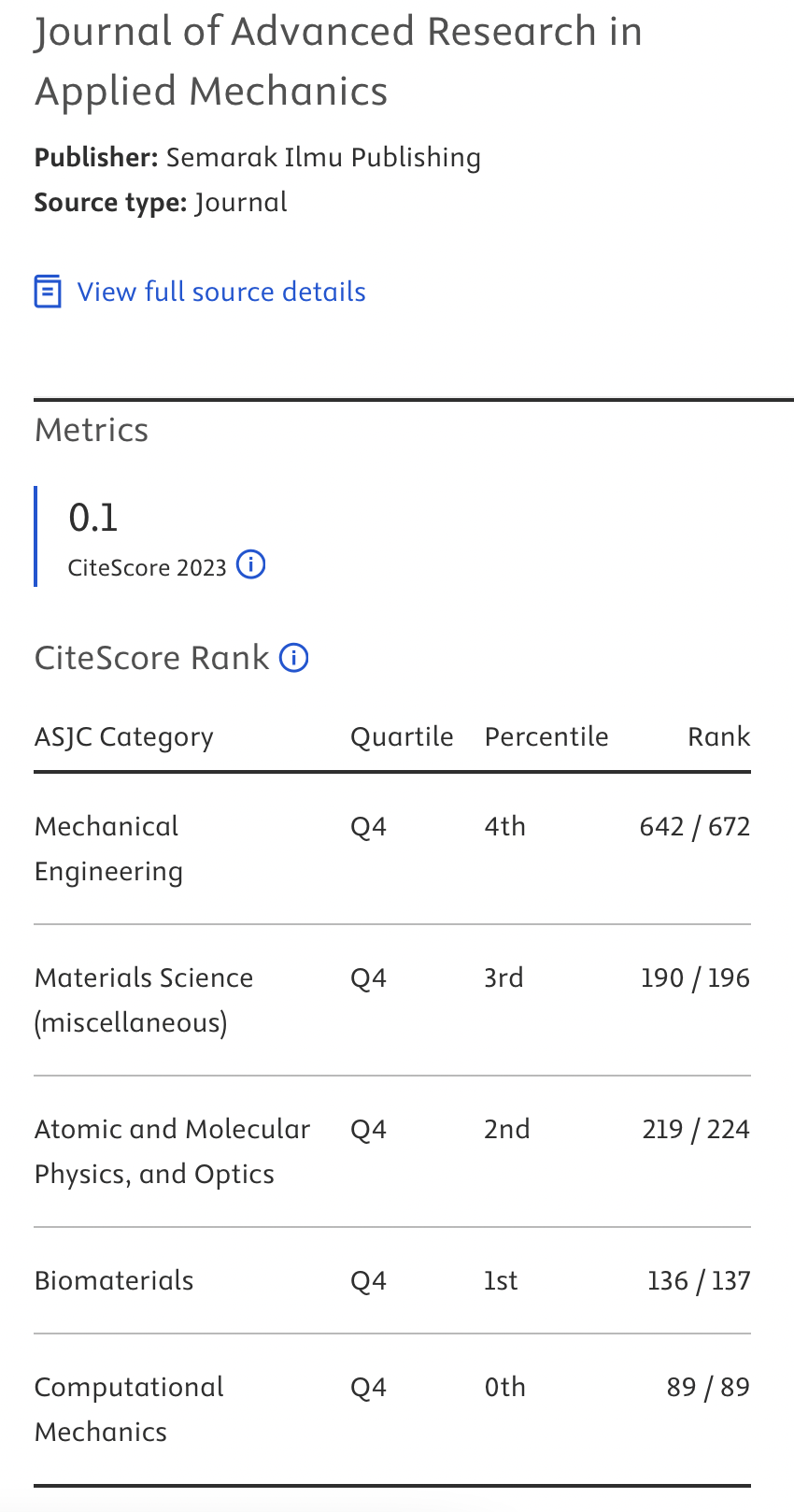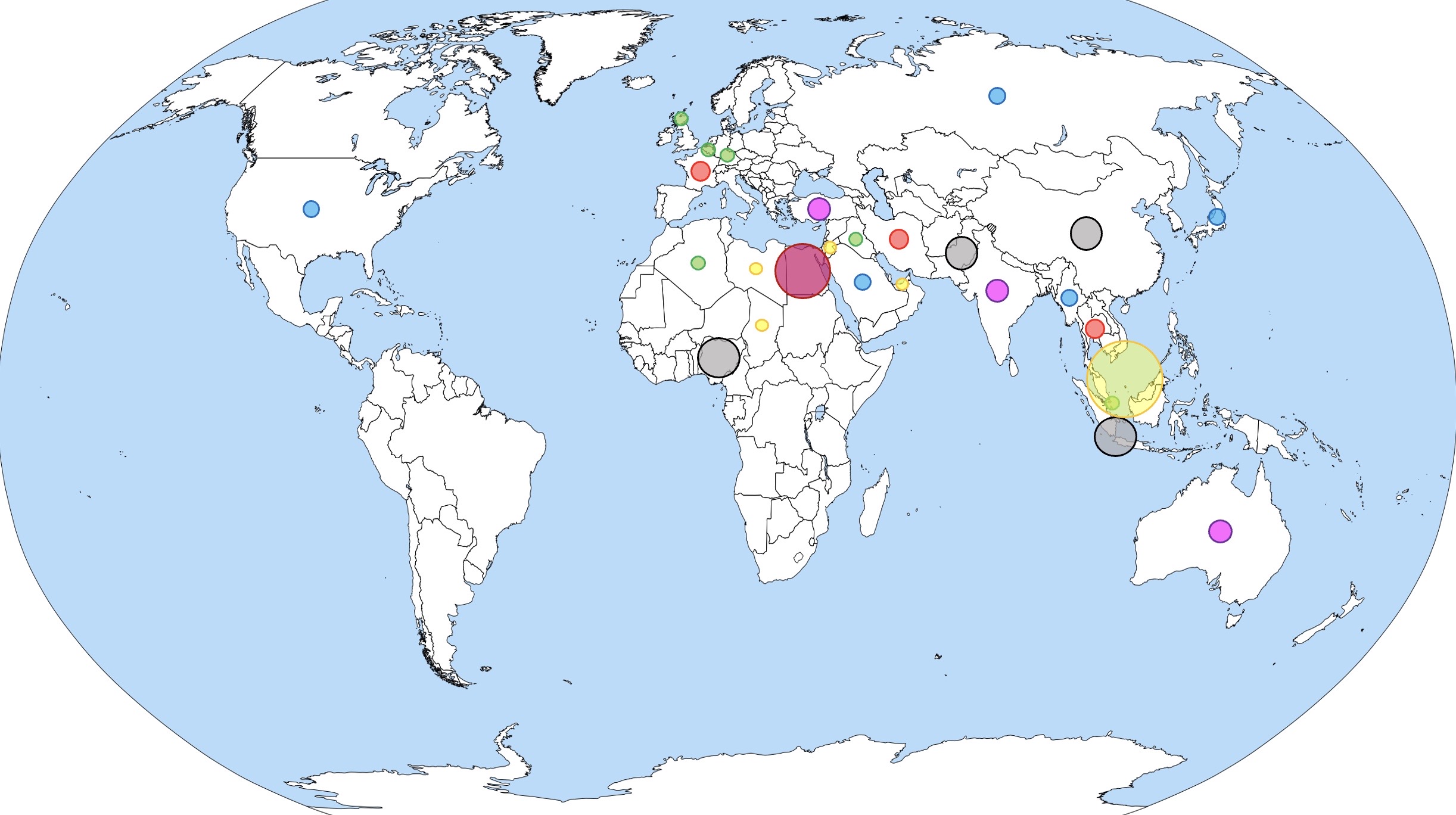A Review on Smart Building System Integration: Optimising Energy Efficiency with the Application of Biophilic Architecture
DOI:
https://doi.org/10.37934/aram.130.1.190199Keywords:
Smart building, energy efficiency, AI, biophilic architectureAbstract
In an era of rapid technological development coupled with an increasing awareness of environmental sustainability concerns, implementing smart building systems has become one of the main focuses in efforts to improve energy efficiency. Biophilic architecture integrates sunlight, vegetation, and airflow to enhance human well-being. Smart building systems utilize sensor technology, automated controls, and data analysis to optimize energy use and operational efficiency. The collaboration between biophilic concepts in building design and AI technology in smart building systems is a challenging bridge connecting technology with natural elements. This research investigates how integrating these concepts can enhance energy efficiency in modern buildings while considering user comfort. The research method used is a literature analysis related to smart building systems, biophilic architecture concepts, and case studies of buildings that apply these two topics. Data was obtained from various sources including scientific journals, books, and related technical documents. The results show that the integration of smart building systems with the application of biophilic architecture concepts has great potential to improve energy efficiency while still paying attention to the comfort of its users.
Downloads



























